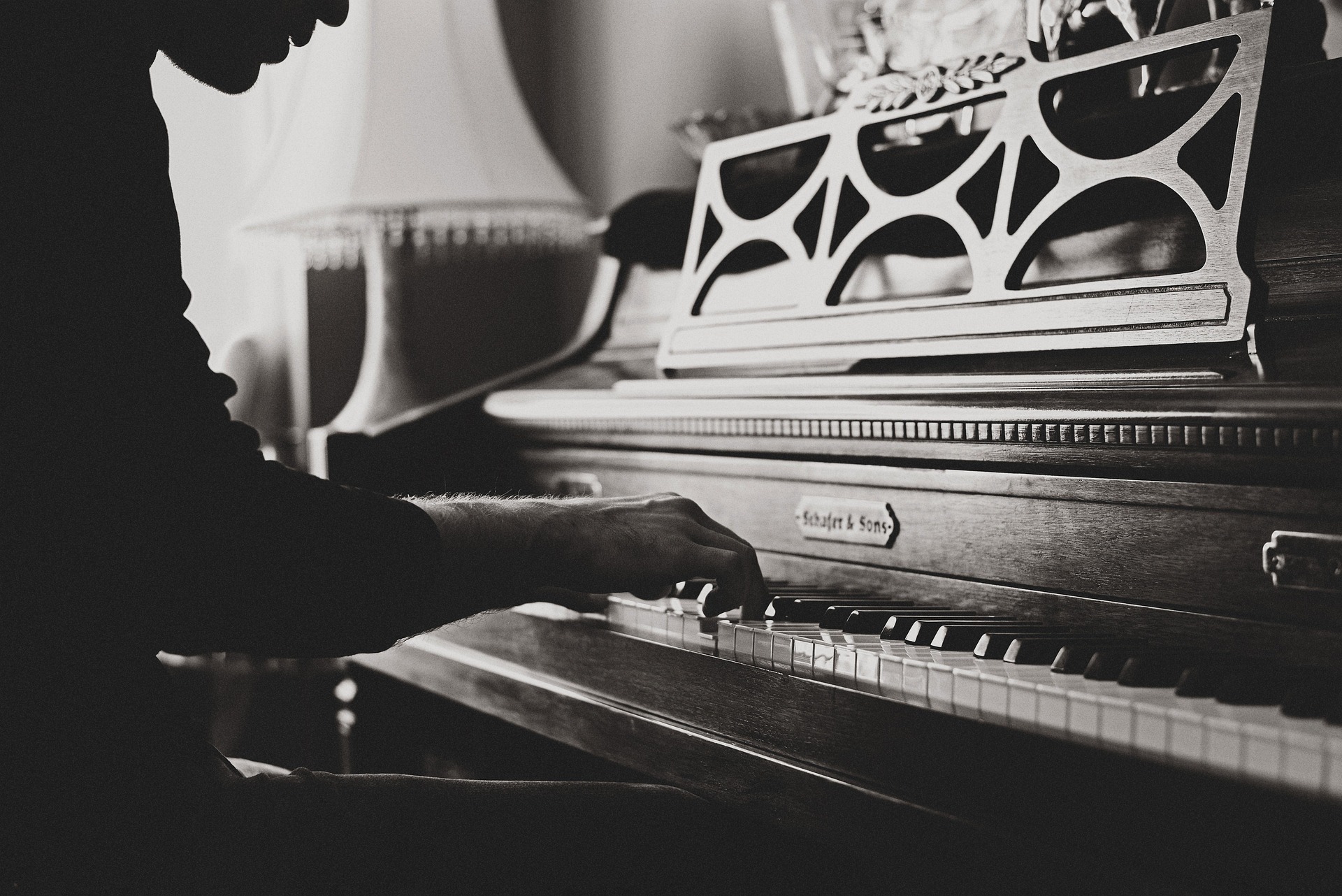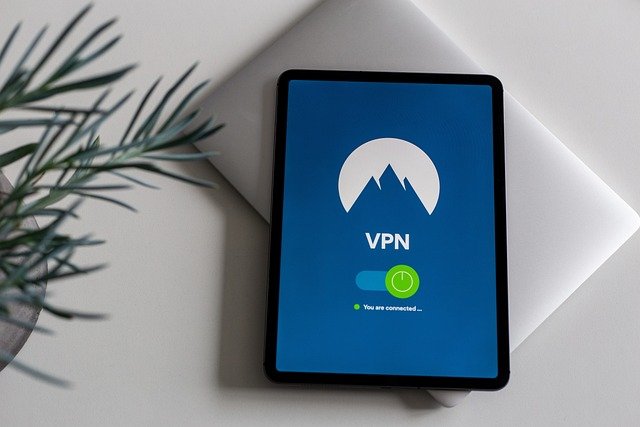"Digital Renaissance: How Technology is Reshaping Artistry and Entertainment"
Introduction: The world of arts and entertainment is undergoing a digital renaissance. Technology is revolutionizing how artists create, audiences engage, and culture evolves. This article delves into the details of this transformation, its key developments, and its implications.
Chapter One: Setting the Stage: Historical Context
The intersection of art and technology is nothing new. Creative minds have always exploited the cutting-edge tools of their time. From the invention of photography in the 19th century to the advent of cinema in the 20th, technology has continuously redefined the boundaries of artistic expression.
Chapter Two: The Digital Age: A New Dawn for Artistry
In the 21st century, the digital revolution has taken the arts and entertainment industry by storm. The proliferation of digital tools and platforms has democratized creation and consumption. Today, anyone with a smartphone can be a photographer, a filmmaker, or a music producer. Equally, audiences now have unprecedented access to a global library of artistic works, right at their fingertips.
Chapter Three: Current Developments: The Rise of Virtual Reality and AI
Virtual Reality (VR) and Artificial Intelligence (AI) are the latest technologies shaping the artistic landscape. VR offers immersive experiences, turning spectators into participants and transforming the way we consume art and entertainment. AI, meanwhile, is pushing the boundaries of creativity, with algorithms creating music, poetry, and even visual art.
Chapter Four: The Impact: A Paradigm Shift in the Arts
The digital revolution is not merely a change in tools or platforms; it represents a fundamental shift in our understanding and practice of the arts. It challenges traditional notions of authorship and authenticity, blurs the lines between high and low culture, and raises important questions about the democratization of art.
Chapter Five: The Reception: A Mixed Bag
The reception to this revolution has been mixed. While some hail it as an exciting expansion of creative possibilities, others express concern over the loss of traditional skills and human touch. Yet, whether one views it as a boon or a bane, there’s no denying that the digital revolution is here to stay.
In conclusion, we are witnessing a new chapter in the history of arts and entertainment. As we navigate this digital renaissance, it’s crucial to embrace the opportunities it offers while also grappling with the challenges it presents. Amid the rapid changes, one thing remains constant: the enduring power of creativity and the human impulse to create and connect through art.





